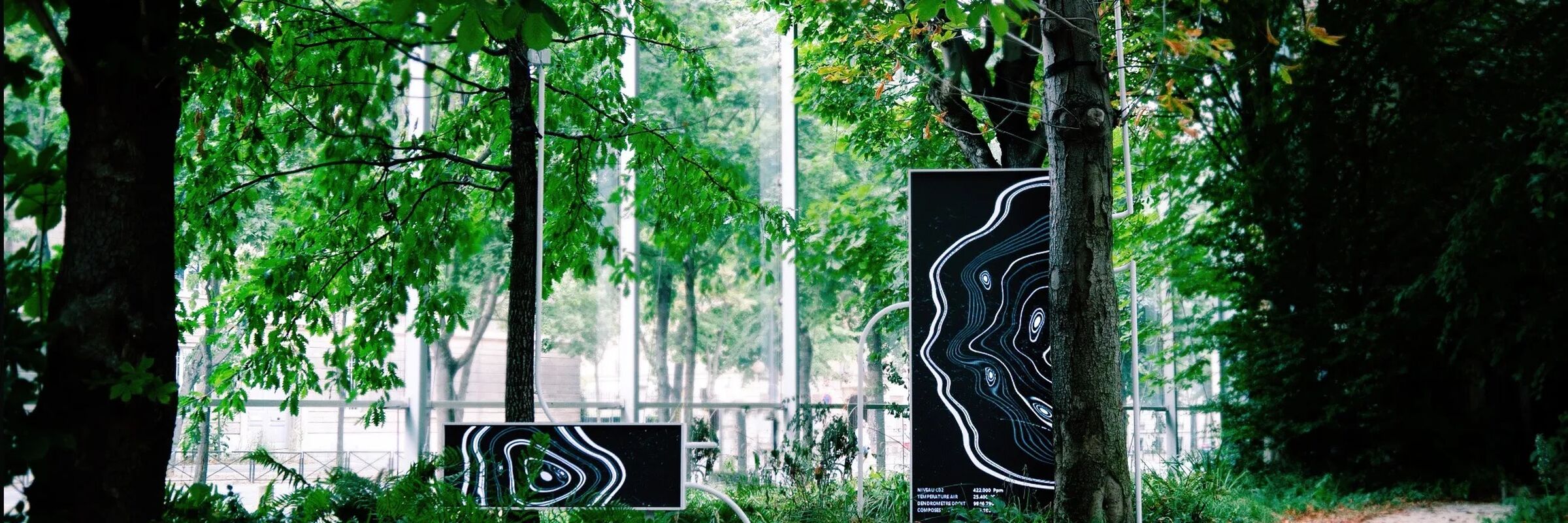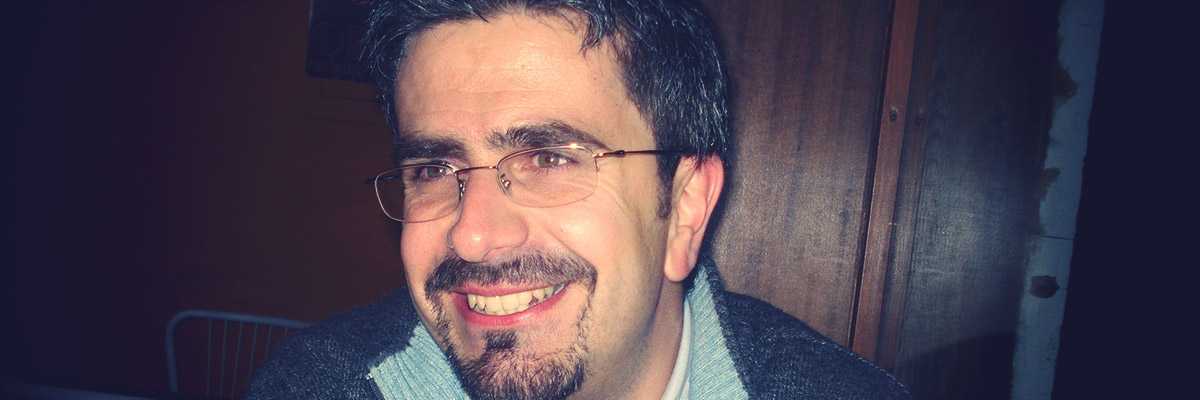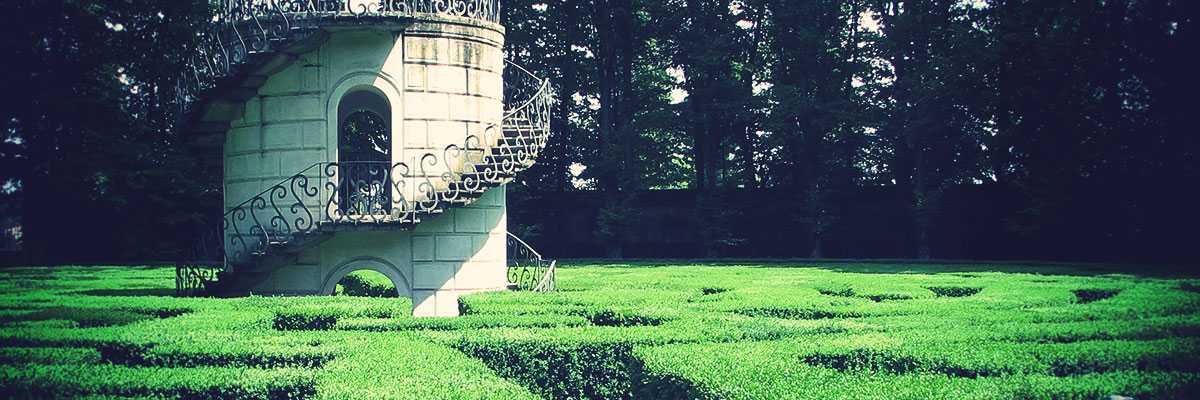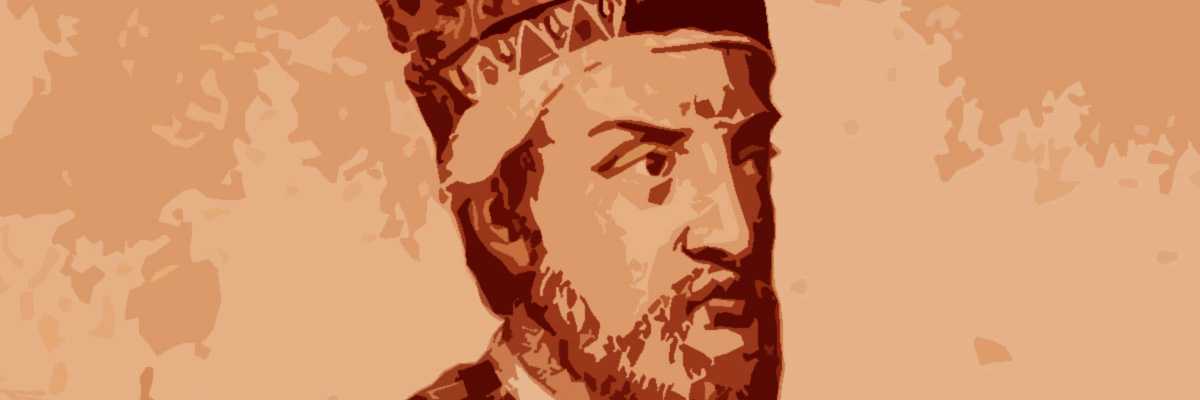Can art help us gain a deeper understanding of things we can't see more clearly?The short answer is: yes.At the Art for Tomorrow 2024 event (an annual conference organized by The Democracy & Culture Foundation), which took place in June at Palazzo Diedo in Venice with Venipedia as media partner, artist Thijs Biersteker looked at this question in his Lighting Talk (a format by Art for Tomorrow as an extra panel) entitled "From facts to feelings, via Art".
Already subscribed? Login →
Continue reading:
7,99€ per month, or 59€ per year
Invest in culture, in beauty, in a better future.
You can unsubscribe whenever you want.
or




